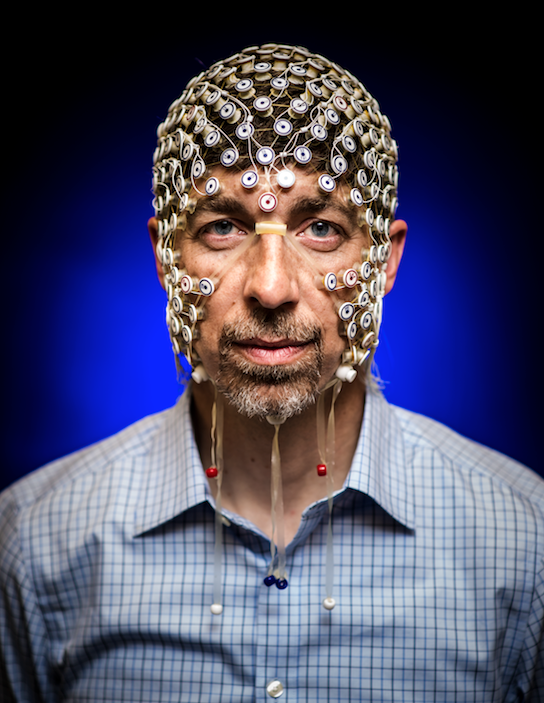Brain Activity Shown to be in Opposite Directions During Dreaming and Watching

A study probing directional flow of information in the brain has revealed that opposite pathways are at work when perceiving reality and daydreaming.
When subjects were asked to indulge in daydreaming, the researchers found the flow of information from the higher order parietal lobe region to the lower order occipital lobe.
Visual information taken in by the eyes sent the information flow in the opposite direction.
Researchers at the University of Wisconsin–Madison and collaborators from the University of Liege in Belgium used the electroencephalography (EEG) to track electrical activity.
"A really important problem in brain research is understanding how different parts of the brain are functionally connected. What areas are interacting? What is the direction of communication?" says Barry Van Veen, a UW-Madison professor of electrical and computer engineering.
The team wants to understand what happens in the brain during sleep and dreaming, as also to see how the brain uses networks to encode short-term memory.
The researchers asked their subjects to watch short video clips before trying to replay the action from memory in their heads. Others were asked to imagine travelling on a magic bicycle before watching a short video of silent nature scenes.
The findings are published in the journal NeuroImage.
Studies have suggested that the brain processes information even during sleep while more puzzling experiments have shown how consciousness may be at work in the brain and giving hope of communicating with patients in a vegetative state.
© Copyright IBTimes 2025. All rights reserved.





















